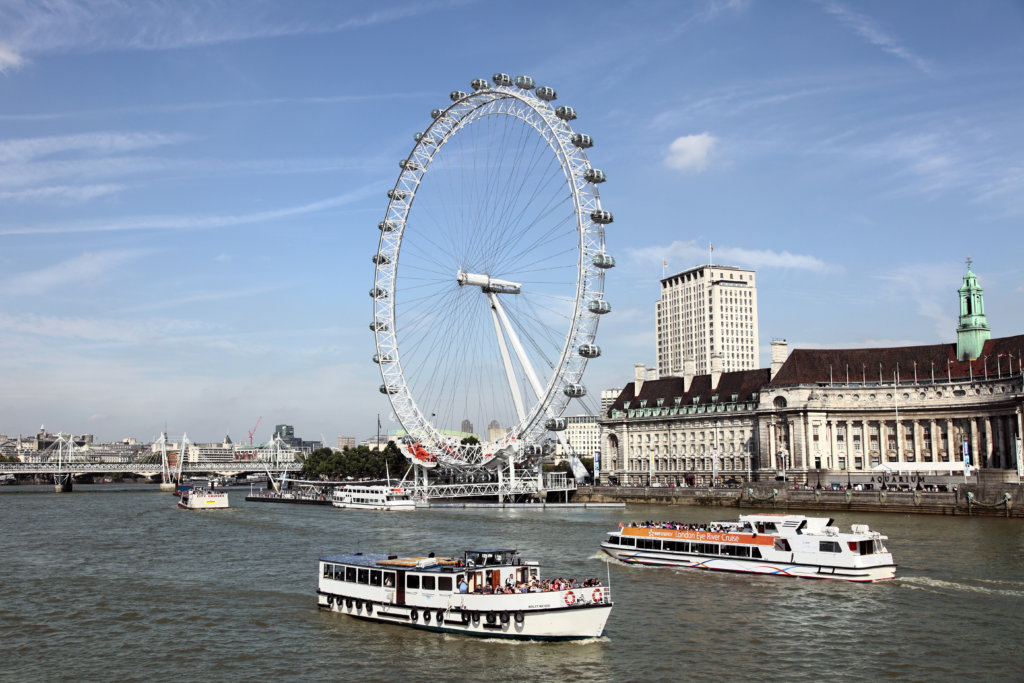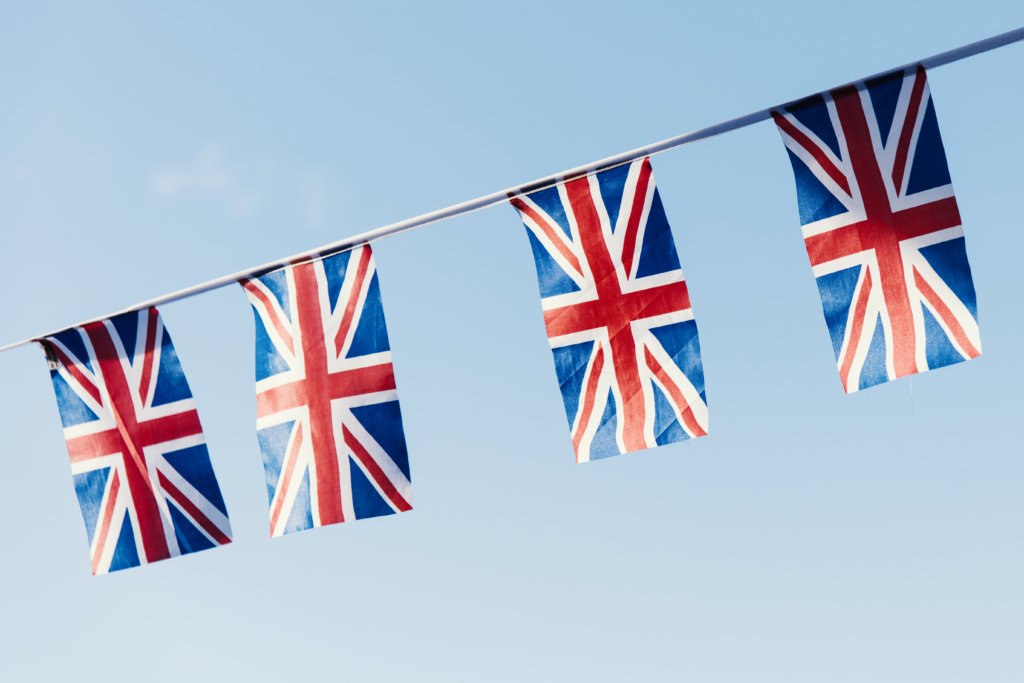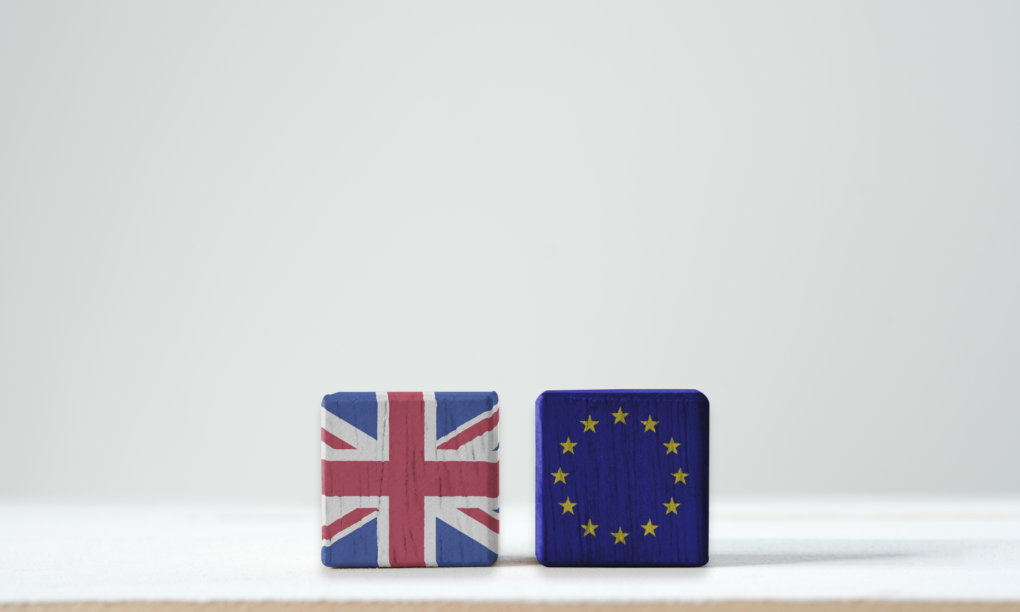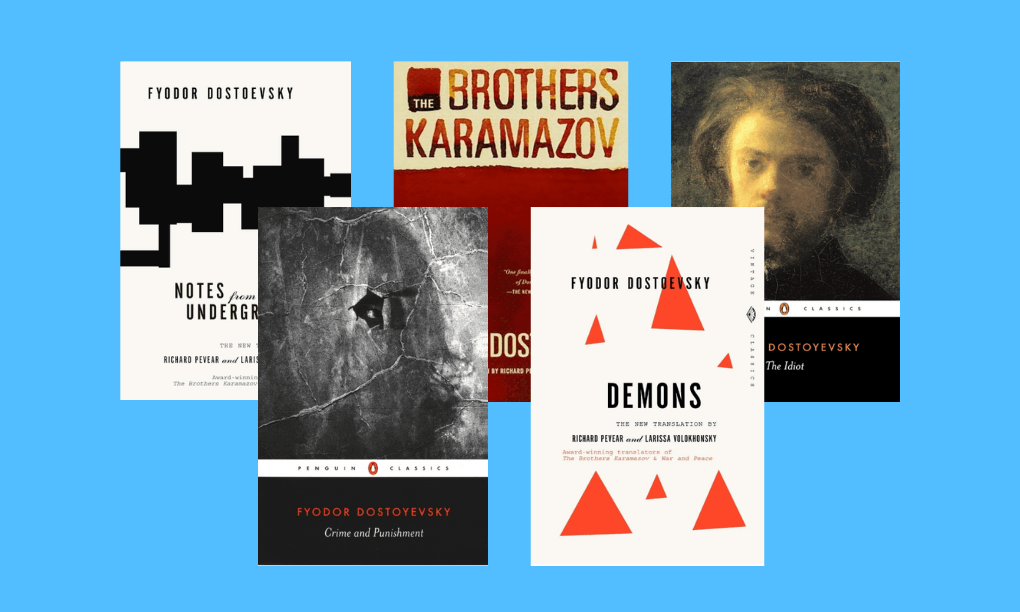Main topics in this article concern Brexit, UK leave, EU, EU negotiations, referendum, vote, European Union, politics, Theresa May, Boris Johnson, David Cameron, Europe, single market, customs union, Article 50, UK government.
What is Brexit
If you are interested in politics and current economic affairs and you follow the news that comes not only from Trump’s side but also from his European counterparts, then you must have heard about Brexit. Have you ever wondered how this word was derived? In fact, it is a shorthand way to indicate that the UK is about to leave the EU – Britain + Exit. In the past, when Greece was considering to exit the eurozone, the coined term was Grexit.
As a suite to the referendum which was held on 23 June 2016 with the unprecedented turnover of 71,8% of the population, 51,9% of votes went to support the UK leaving the EU. The UK comprises four countries and their voting results were the following: England had 53.4% of the vote for Leave to 46.6% for Remain, Wales supported to leave the EU voting 52.5% to 47.5%, Scotland and Northern Ireland were the ones who backed remaining in the EU.
The original plan for the UK was to leave the EU on 29 March 2019, two years after the process of invoking Article 50 of the Lisbon Treaty began. However, the reached agreement on the withdrawal procedure was rejected three times by UK MPs which led to EU granting an initial extension for the UK until 12 April 2019. Later EU politicians negotiated a six-month extension to let the UK exit the European Union until 31 October 2019. The UK can leave before this date if the withdrawal agreement gets ratified both by the UK and the EU before this date. In this case, the UK will exit the European Union on the first day of the following month.
Why Brexit and Why it Matters

British people who voted for leaving the EU were anxious about the high rate of immigration which they thought had put at risk the employment status of the locals as well as might have impacted the national security of the country. Pro-Brexit voters also wanted to protect the nation’s independence and culture. Following strong globalisation trends which led to the strengthening of multinational mega-enterprises and conglomerates that gained monopoly, people have more mistrust in such humongous institutions. In a survey which was conducted prior to the referendum, a whopping number of Brits ( like 45% of the population) identified that immigration and race relations were the main points of worries for them.
Another reason for Brexit could be the rising of nationalism across different parts of the world: following terrorist incidents in Europe and elsewhere, people started to be wary of newcomers.
So why Brexit is such a big deal then? After the second world war, the idea of a unified Europe where countries trade with each other and have strong economic relationships with each other was a solution to avoid the possibility of new bloodshed. That is why a single market and the EU Customs Union were created to abolish the trade tariffs for EU members. Nowadays Europe is the most important export market for the UK as well as the source generating the highest foreign investment in the country. Due to this EU membership, London succeeded in becoming the world financial centre: all the major businesses from all over the world that work with Europe have their siege in the British capital.
With the announcement of Brexit, a lot of businesses started to think about their relocation to continental Europe which will lead to economic losses for the country. Moreover, global conglomerates employ a lot of people and their departure from London means that a lot of people will lose their jobs and it will result in a higher rate of unemployment in Britain. Let’s take the example of Airbus: it employs 14,000 people and supports more than 100,000 other jobs so you can only imagine what will happen if the company leaves the UK. According to the projection of the government, in the next 15 years, the British economy will drop by 4 to 9 % in comparison to the situation if the country stayed inside the bloc. Moreover, leaving the single market can result in the rise of fees for Britain to export their goods and this might hinder the development of the local economy.
Brexit Options
No one knows exactly what is going to happen later this year but at the moment there are still several Brexit options that are available. It is still possible to cancel the Brexit process: this would require an amendment to the UK law. Both the UK government and the main opposition leaders are against this idea. On 10 December 2018, the European Court of Justice ruled out that the UK could cancel the Article 50 withdrawal process without the need to get the permission of the other 27 EU members. This would mean that the UK remains a member of the EU on its existing terms provided that this decision complies with the democratic principles, i.e. when the British Parliament votes for it. Some of the UK citizens support this idea as the recent online petition calling for the revocation of Article 50 showed: it was backed by more than six million signatures!
Another option that exists at the moment is the delay of Brexit. In legal terms, another extension can happen if all EU countries including the UK support it. Despite that, Theresa May, the British Prime Minister and the leader of the Conservative Party, has spoken against this possibility as she wanted to leave the EU by 22 May. This was the day of the elections to the European Parliament and the UK wanted to avoid its participation at all costs. And it is no wonder why: the results of the European elections for the UK indicated very clearly that the country is split into 3 parts: people who want a no-deal solution, 40 % of the country want to stay in the EU and the rest want to leave with a deal but they do not have the slightest idea about what kind of deal this should be.
The last option left is the possibility of another referendum. It is up to the UK government to rule this out as they did it previously. Taking into account that Theresa May failed already three times to get MPs’ backing on her withdrawal deal, the option of another referendum seems less likely at this point but who knows. When Theresa May was having a rocky time, she was leading negotiations with Jeremy Corbyn, the leader of the Labour party, to find the way out of the situation when all the government’s proposals got rejected by the Parliament. Some Labour MPs want Mr Corbyn “to confirm vote” on any deal or agreement that gets passed. In case there is no agreement between Labour and the Conservatives, there will be a need for votes on Brexit options and then another referendum solution can pop up.

Brexit Negotiations
Theresa May as the leader of the ruling Conservative party is the one who is in charge of Brexit negotiations with the EU. The most interesting is that during the referendum she supported the Remain campaign but later changed her opinion “to serve what the British people thought was right”. All her proposals on Brexit have to be passed by Parliament which has not gone particularly well for her for the past few months. Her proposal was heavily defeated in two votes and the third vote on the UK’s departure and long-term trade and economic cooperation. Due to her proposals being rejected by the Parliament, May had to conduct cross-party talks with Labour with the aim of getting “a shared vision for the future leadership”.
So why are so many British MPs against Theresa May’s Brexit deal? Well, it all comes back to Northern Ireland! As you probably know, the island of Ireland was divided into two parts: one part is the Republic of Ireland, an independent country and a member of the EU, and the other one is called Northern Ireland and is part of the UK. So what happens when the UK together with Northern Ireland leave the EU whereas Ireland continues to be an EU member? That is the problem! There is no hard border between the countries and none of the sides wants to return to the era of checkpoints, towers, surveillance cameras and customs posts along this 310-mile border. This would disrupt the free flow of trade and people across the border. That is why at the moment the two sides cannot come to an agreement on how to install the border.
One of the proposed solutions is the backstop in the form of a safety net which can be installed whatever the outcome of future trade talks will be. This would keep Northern Ireland aligned to certain EU rules in regards to food products and certain goods and will help to avoid the need for checks at the Irish border. During the transition period, it would serve as a temporary single customs territory making the whole of the UK a part of the EU. In case Britain leaves the EU with no trade deal, then this backstop would stay there indefinitely. To some of the British MPs, this solution is unsatisfactory since it might leave Britain tied to the EU policies and regulations indefinitely and might limit their ability to negotiate trade deals with other countries.
The Future for the UK
On 24 May 2019, Theresa May announced that she will be leaving Downing Street “in the best interests of the country” to let the new prime minister lead Britain through the Brexit process. She will step down as the leader of the Conservative Party on June 7 but will continue as a member of Parliament after that. The future of the country is unclear since it is not even known in which political hands it will be directed to evolve.
If the Brexit deal is signed between the EU and the UK, there will be an allowance for a transition period for the country to put all the regulations in place to start its independent from the EU journey. This time period should allow politicians and regulatory bodies to come up with post-Brexit rules that will let British businesses adapt to the new reality. The right to free movement will stay the same during this period as it used to be when the UK was part of the EU zone. After the UK passes this period, most likely the right to free movement for visiting purposes will stay the same for EU members coming to the UK and vice versa. In terms of work mobility, EU residents will have to apply for UK 5-year working visas. It should be noted that this part of the agreement on the transition period is yet to be negotiated because British MPs have already dismissed several propositions of the transition period deadline.
If the UK leaves without a deal, then it means that the UK will break the ties with its EU partners with an immediate effect: there will be no transition period allowance and no guarantee to the rights of residence of British citizens. This will cause severe disruption to the functioning of businesses in the country with long queues of lorries in the ports because of the need for new cargo regulations. Certain industries in the UK are already wary of possible negative outcomes for them and they are taking immediate actions: for example, the NHS (National Health Service in the UK) is stockpiling EU produced medicines whereas food retailers were warned about a possible shortage of fresh products. There will be a certain post-Brexit effect on other multinational companies that have factories in the UK.
To be able to exit the EU with a trade deal, UK will have to pay the 39 billion divorce bill to the EU to compensate for the costs of transferral of offices and manufacturing as well as for the elaboration of new policies. Trade negotiations are very important for both the EU and the UK: at the moment due to the presence of the single market, there are no taxes (tariffs) imposed on the import of goods for the EU members. If the UK leaves with no deal and this means with no agreement on trade in place, British trade with the EU will be regulated under the World Trade Organization rules as it is a regular practice for countries that do not have free trade deals.


